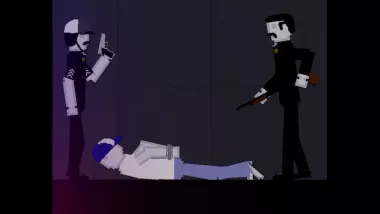1992 LA Riots: LAPD and CHP for People Playground

From the late 1970's, police brutality was very prevalent in Los Angeles. The L.A.P.D. C.R.A.S.H. unit was formed in 1979, and since its creation it became known for intimidating innocent Black and Hispanic youth. After Operation Hammer, an initiative to crack down on gang violence, C.R.A.S.H. furthered this reputation, as well as fueling overall racial tensions in the city.
Tensions between Korean-Americans and African-Americans were growing as well, especially after the killing of Latasha Harlins, a 15 year old black girl, by Soon Ja Du, a Korean convenience store owner. He claimed to be defending his store.
The main reason for the riots, however, was the acquittal of 4 police offers of the beating of Rodney King. On March 3rd, 1991, King was driving down I-210 in the San Fernando Valley when C.H.P. (California Highway Patrol) attempted to pull him over for a traffic stop. A high speed chase began, at speeds of 115 MPH until King eventually stopped the vehicle. Four L.A.P.D. officers surrounded the vehicle, arrested the passengers, and began to beat King with batons as he stepped out. They then tackled him to the ground, stomping and kicking him as he lay still, before handcuffing him and tying his ankles.
Across the street, George Holliday, a local, was recording the entirety of the incident on a home camera. The footage was used in a trial against the 4 officers, where the Los Angeles County District Attorney charged them with assault and use of excessive force.
On April 29th, 1992, all four officers were acquitted of both crimes. The day the verdict was announced, rioting broke out.
Over the course of the next five days, anarchy fell over the city. It's estimated that nearly $1,000,000,000 of damage was dealt. The amount of people killed totaled to 64. Over 1,000 buildings were destroyed. Eventually, a state of emergency was declared in the county, and the California National Guard as well as the U.S. Marines were brought in to control the riots.
Koreatown, where most rioting took place, is still affected today by these events. Economic struggles still plague the neighborhood, 30 years later. C.R.A.S.H. was disbanded in 2000, and is still known by its reputation of racial profiling and internal corruption.




Bro ITS JUST JUST FVCKING GARBAGE BECAUSE OF THEY ARE IMAGES I IMPORTED IT WAS WEIRD THING